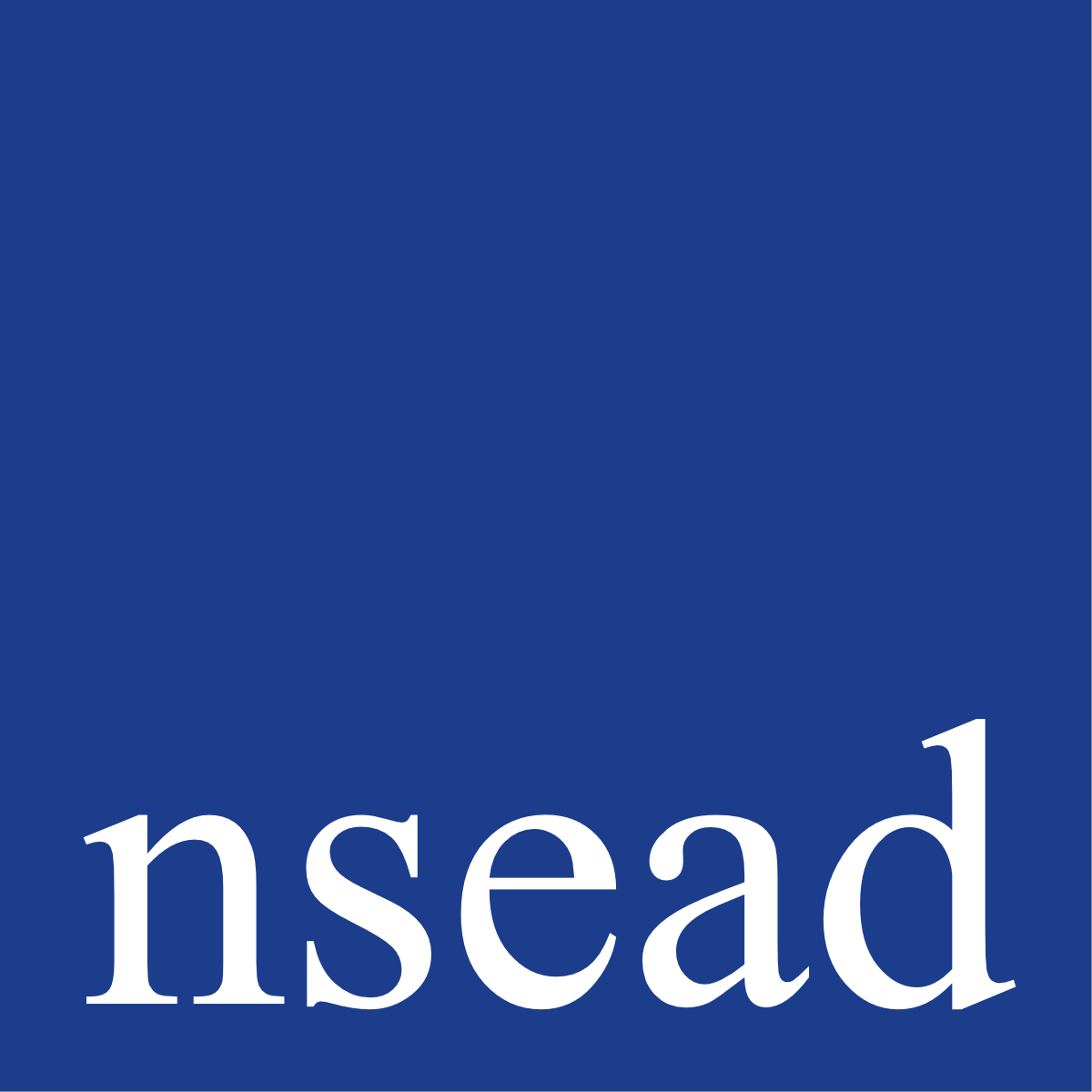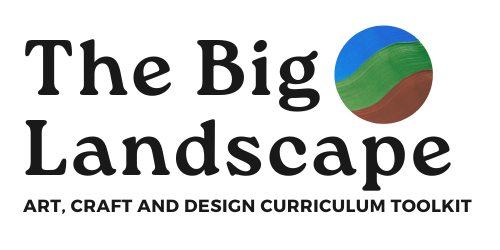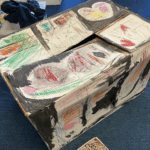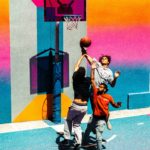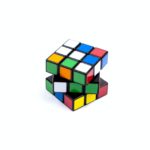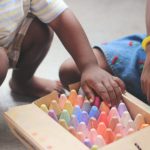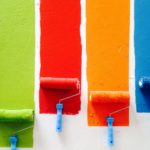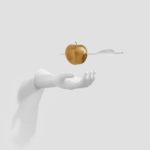It might be supposed that ‘making’ is a simple and uncontentious term for artArt refers to a diverse range of human intellectual and expressive activities and the outcomes of those activities. Within this context art is further defined... educators, referring to the practical experience of using materialsThe resources that artists, craftspeople and designers use to create work, to include thread, plastic, stone, wood, clay, paint and paper and processes to bring works of art, craftCraft can be designed as intelligent making. It is technically, materially and culturally informed. Craft is the designing and hand making of individual objects and... and designDesign shapes ideas to become practical solutions and propositions for customers and users. Design is all around us, everything man made has been designed. The... into being.
Indeed, there have been times when the art and design curriculumIn education, a curriculum (or curricula) is broadly defined as the totality of student experiences that occur in the educational process. The term often refers specifically to a planned... has been perceived as being based simply upon a list of materials to be learned in rotation, in what Rod Taylor once referred to as ‘the stranglehold exerted by makingThe process of making or producing something. The making of meaning is a decisively integral component of art-making. Meaning-making in relation to the creation of... alone’ (Rod Taylor, The Visual Arts in Education, The Falmer Press 1992).
In fact, ‘making’ is not a simple and discrete aspect of the art and design curriculum but, since the Art Working Group’s Final Report for the National Curriculum in 1992, 'making' has to be considered as part of a continuum of experience taking account of 'what' is to be made, 'how' it is to be made and 'why'.
Art educators will wish to consider the breadth and range of students’ learning about materials and processes and developing practical skillsTechniques and attributes acquired through learning, engagement and practice, which takes full account of the context and purpose of these activities.
This will not only embrace the range of disciplines and making practices that are used by professional artistsPeople who are engaged in a broad spectrum of visually led ideas and activities aligned to the expressive arts, makers and designersPeople who are engaged in the production of functional products, services and systems but will also embrace the critical, aesthetic, cultural and historical knowledgeFacts, information, and skills acquired through experience or education; the theoretical or practical understanding of a subject. and information that will illuminate these disciplines and processes for students.
See the comparison of the Art and Design Curriculum for England here
New technologiesNew or 'emerging' technologies are technologies whose development, practical applications, or both are still largely unrealized. These technologies are generally new but also include older... further break open, or loosen, the boundaries between different disciplines of making as digital and virtual processes emulate traditional processes and open up further possibilities.
Making with increasing levels of skill using hands, toolsA physical item used to achieve a goal. A fashion designer might use a needle and tailors dummy, a jeweller might use a clamp and..., technologies and requires:
- Respect for and response to materials – with sensitivity to material and to the tactile and expressive qualities of processA series of actions, changes or operations performed in the making or creating of a product or outcomes. The procedures that one goes through in... and technique
- Exploration of bespoke, commissioned and small-scale production / edition outcomes
- Exploration of functionalThe use or uses to which a product, artefact, service or system can be put. and non-functional products
- Crafting of outcomes
MAKING includes:
- CeramicsCeramic art is art made from ceramic materials, including clay. It may take varied forms, including artistic pottery, including tableware, tiles, figurines and other sculpture....
- Pottery
- Glassworks
- TextilesPractical or decorative items made out of cloth
- Applique
- Embroidery
- Garment Construction
- WeavingA process of fabric production whereby two distinct sets of yarns are interlocked at right angles to each other. The longitudinal yarn is known as...
- JewelleryDecorative items used to adorn parts of the body: jewellers work in many different metals, stones and fabrics, some seeking to create items that fit...
- Monoprint
- Block print
- Screen printSometimes called silk-screen printing, it is a process of printmaking based on using stencils. The ink is forced through a fine mesh (the ‘silk’) with...
- Batik
- Papercraft
- Assemblage
- Automata
- Decoupage
- CollageA technique of producing an artwork by gluing or fixing different, often found or discarded materials onto a 2-dimensional or 3-dimensional surface. The materials can...
- Casting
